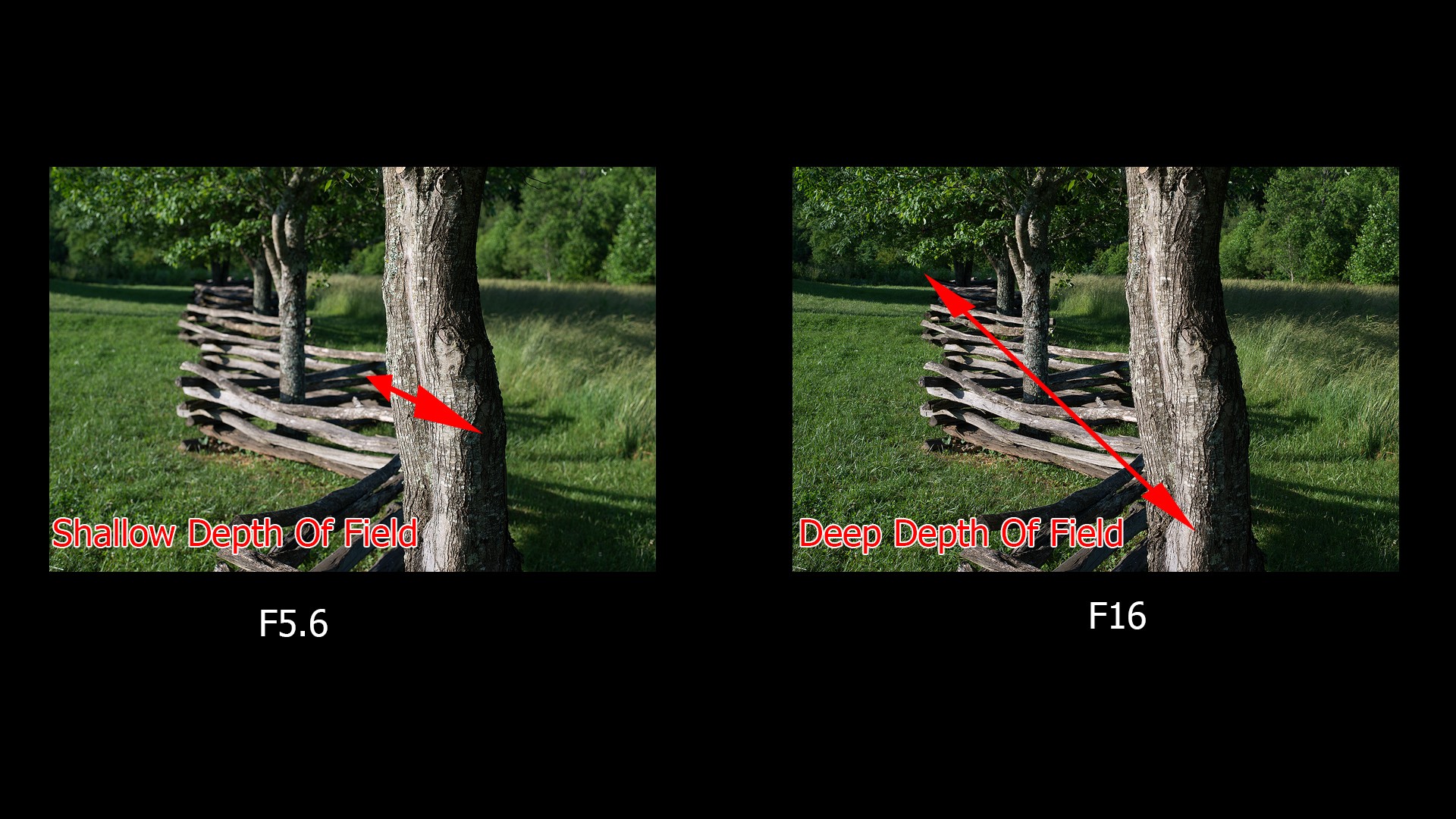

Some of those include Adobe Photoshop, Helicon Focus and Zerene Stacker.
#LENS DIFFRACTION IN PHOTOGRAPHY SOFTWARE#
– And finally, you’ll need software that can assemble the photos. – Frame a bit loose, as you’ll lose some of the outside edge of the frame in the compositing process. Otherwise the already long process with the computer will be even longer (this is particularly true with Photoshop). – Consider shooting JPEG, or convert your RAW captures to JPEG before stacking. I usually set my landscapes for 50 frames, and the camera will stop when focus reaches infinity, which may be just a half-dozen or so. For instance, if doing a landscape photo and nothing is very close to you, it may only need to shoot a few. – You also tell the camera how many photos you want it to take, although it often won’t actually shoot that many. I generally use between 2 and 6, depending on how close I am to the subject. The “Focus step width” menu in the Nikon D850. That not only speeds up the process, but saves on shutter wear and tear and any possible vibration caused by the shutter going up and down. – If you’re not using flash, take advantage of the Electronic Shutter option.
#LENS DIFFRACTION IN PHOTOGRAPHY MANUAL#
I prefer the simplicity of using Manual exposure, which then doesn’t require Exposure smoothing. – Turn on “Exposure smoothing” only if using automatic exposure (when in Aperture Priority). – Shoot in Aperture Priority or Manual, since having the aperture change will ruin the composite. – While your camera needs to have autofocus turned on to do this, make sure your first frame is focused on the closest area you want in focus (the camera will then shift focus on the following frames, going from near to far). – Use a tripod, perhaps with a cable release or smartphone app to fire the camera (although sometimes the built-in features, like Focus Shift, will take care of firing the shutter for you for you) If not, the image could shift during shooting, which will ruin the composite. – Turn off VR (Vibration Reduction, or any image stabilization). Here are some of the things I’ve learned from using it:

The new Nikon Z7 and Z6 cameras both offer it as well. Nikon introduced a “Focus Shift” feature with the D850 (which requires blending the photos together in software afterwards). Depending on the manufacturer, it could be called “Focus Stacking, “Focus Bracketing” or “Focus Shift.” Some cameras might even take this a step further and actually blend the photos together in-camera to create the final image (although there are usually limitations to doing this). Today, some cameras offer the ability to help automate focus stacking. This menu is where you set the parameters for how it works. “Focus shift” is Nikon’s term for this feature, built into the D850. You then assemble that group of photos afterwards in software into one single, composite image. It requires recording multiple images of the same scene, at the same exposure, shifting focus on each frame from the closest area you care about to the furthest as you take those photos. But pixel size (and number of pixels) also has an effect on diffraction, so technically, more is involved than just aperture.īut what if you want both great depth of field AND maximum sharpness? That’s possible, but not by taking just one picture. For an f/4 lens, that means somewhere between f/8 and f/11. Technically, most of your lenses will be at their sharpest about two-to-three stops down from maximum. While your photo will have more apparent sharpness from near to far, that sharpness will actually be less than what you’d have in a smaller area with a wider aperture. Using the smallest aperture your lens offers (such as f/16 or f/22) actually will result in a slightly LESS sharp picture, although with greater depth of field. That bending makes it harder to maintain sharp focus. Simply put, diffraction results from the severe angle light has to bend when passing through a very small aperture. The camera was mounted on a tripod for both to make sure camera shake wouldn’t introduce softness.

However, thanks to diffraction, the tulips here (where I’m focused) are actually not as sharp as the image captured at f/5.6. On this one, though, by using a small aperture I gained greater depth of field, which brought more detail into the fountains and buildings in the background.


 0 kommentar(er)
0 kommentar(er)
